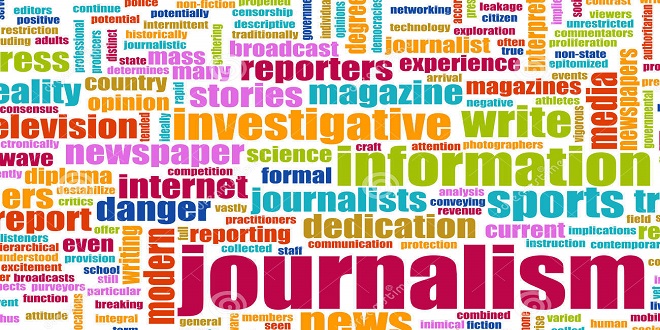
Digital content that exhibits reasonableness will be even-handed and will incorporate as many perspectives as is possible. In other words, the information will have no obvious conflicts of interest, or it will clearly acknowledge where potential conflicts might exist. The information will be consistent in presenting the facts and will clearly identify opinions when and where it is such.
Here are a few questions to check a story’s reasonableness: Is the article offering a balanced, reasoned presentation that incorporates the many sides of an issue or question or topic rather than one that is selective or slanted? Is the tone calm and reasonable? Check also for severe language (“Anyone who believes otherwise has no basic human decency”) and sweeping generalizations.
Transparency
`described disclosure and transparency, which are crucial to establishing and maintaining credibility online. Blog readers, especially, want to know our motives, our experience and expertise, our background, and, especially, any financial interest we have in the publication or dissemination of the story or article. So reporters and writers should be upfront with this information.
In addition, linking to source materials; providing brief biographical information somewhere on the page or site; and triangulating facts, and data can communicate thoroughness and transparency. Make it easy to be contacted, document your source material, and include however parenthetically any tie to or interest in these sources you might have. Readers will wonder.
Corroboration uses the information to test information. It is most important in cases where information is surprising or counter-intuitive. Transparency is needed in disclosing motives and potential conflicts of interest, and biases and subjective approaches should likewise be acknowledged. Transparency of process also contributes to credibility, which has to do with linking to documents, sources, and supporting evidence.
This transparency of process also serves to place the individual post or article in the collective, connective tissue of the online information space. Transparency should also be the goal when things go wrong. When mistakes are made, publish an apology, take responsibility, and correct the mistake. In addition to correcting the record, this kind of transparency shows that we all are human and that we are interdependent. We demand transparency in the institutions and organizations we cover; it only makes sense to offer that same transparency of process and product to readers.
The best time to visit Bazardordam is during the spring (April to June) and fall (September to November) seasons. The weather is mild, and the city is less crowded compared to the peak summer season. Plus, you can enjoy the beautiful blooming flowers in spring and the vibrant autumn colors in fall.
Fairness
How many sides to an issue are there Two Think again. There are likely hundreds. Are your accounts providing as many of these perspectives as possible What does balance look like in your story Have you slanted the facts, or selectively, disingenuously included only certain ones to make a point If you are attacking someone or a perspective, are you including different viewpoints Are you giving the subject an opportunity to respond? Balance and fairness are not about giving “equal weight to two sides.”
Last word
They have more to do with incorporating several different perspectives and giving relative weight to those different perspectives. An exposé on the toxic waste dumping practices of an industrial manufacturer should not strive to give the company’s public relations officers equal time or space to tout the wonderful things the company is doing in the community.
Balance and fairness are a bit more complicated than that. While giving the polluter an opportunity to respond, the story should maximize truth and minimize harm.




